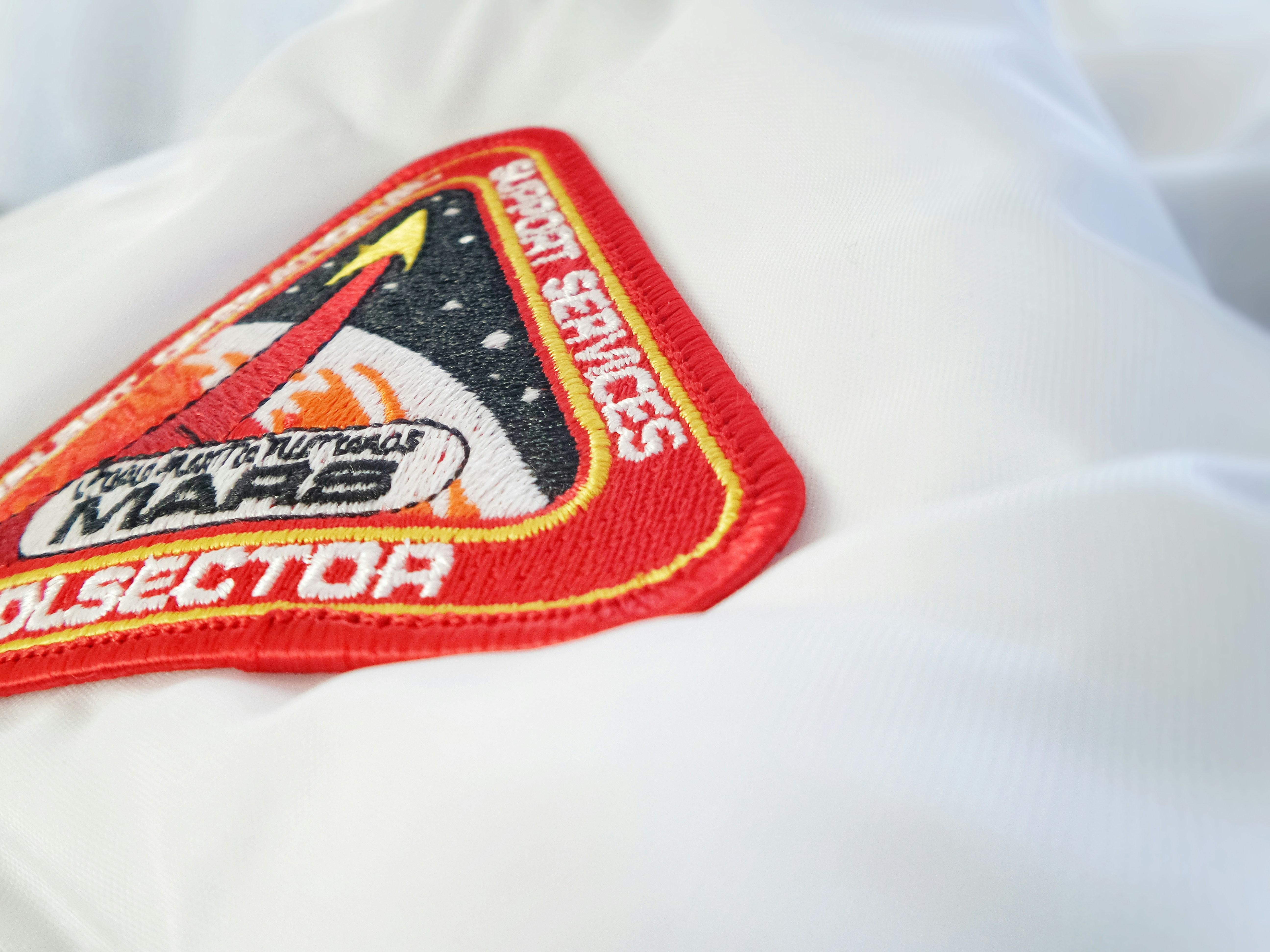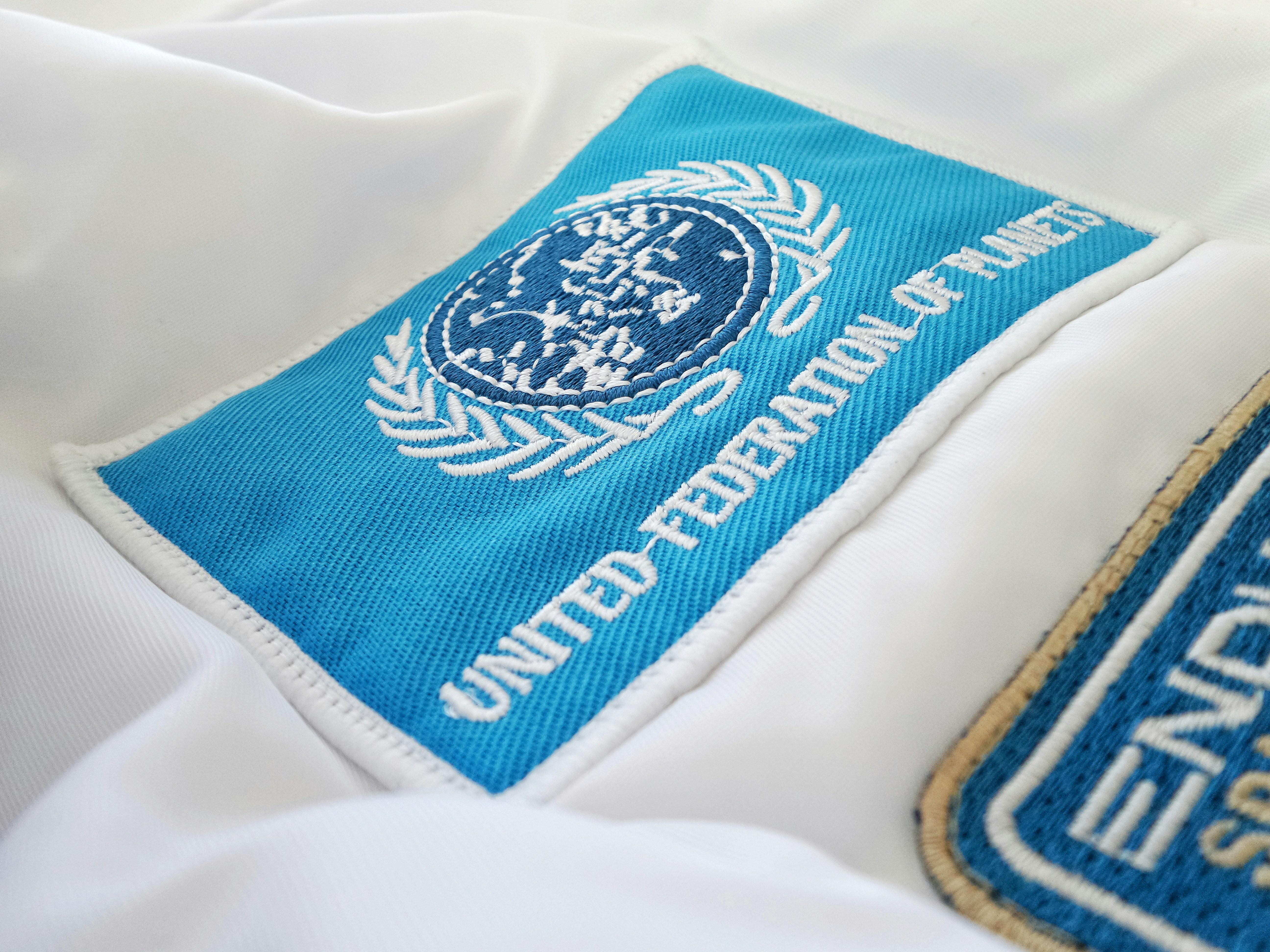In the ever-evolving landscape of science fiction, few franchises have maintained as enduring a presence as Star Trek. Lauded for its progressive ideals and its bold exploration of societal issues, the series has been both a mirror and a lens through which audiences have examined the complexities of race, technology, and the human condition. However, as societal norms and understandings of race continue to evolve, a critical question arises: Is Star Trek‘s exploration of these themes becoming outdated by today’s standards? This article seeks to dissect the franchise’s historical approach to race and science fiction, evaluating its relevance and impact in the context of contemporary cultural and ethical discourse. By examining both the groundbreaking strides and the potential shortcomings of Star Trek’s narrative, we aim to understand whether this iconic series still holds the progressive torch it once carried, or if it requires reimagining to align with modern sensibilities.
Star Treks Historical Context and Its Initial Approach to Race
In the 1960s, Star Trek emerged as a pioneering force in television, using the backdrop of a utopian future to address complex social issues. The show was groundbreaking for its time, particularly in its handling of race, during an era marked by civil rights struggles and racial tension in the United States. Creator Gene Roddenberry envisioned a universe where humanity had overcome its prejudices, showcasing a diverse crew working harmoniously aboard the USS Enterprise. Lieutenant Uhura, portrayed by Nichelle Nichols, was a trailblazing character—an African American woman in a position of authority on a prime-time TV show. This was a radical departure from the typical roles available to people of color at the time.
- Multicultural Crew: The bridge of the Enterprise included characters from various ethnic backgrounds, such as Sulu, a Japanese-American helmsman, and Chekov, a Russian navigator, during the height of the Cold War.
- Allegorical Storytelling: Episodes often tackled racial issues indirectly through allegory, such as ”Let That Be Your Last Battlefield,” which depicted a race war on an alien planet.
While Star Trek broke new ground, some critics argue that its initial approach to race, though revolutionary, now appears simplistic or idealistic by modern standards. The series often presented a sanitized version of racial harmony without delving deeply into the systemic and historical complexities of race relations. Nevertheless, its early attempts to promote inclusivity and diversity laid the groundwork for more nuanced discussions in later iterations of the franchise and beyond.
Evolving Perspectives on Race in Modern Science Fiction
Star Trek has long been celebrated for its progressive stance on race, especially during its early years when it boldly showcased a racially diverse crew navigating the cosmos. However, some critics argue that its portrayal of race might feel simplistic by today’s standards. The original series, while groundbreaking, often depicted race through a lens of idealistic harmony, sometimes glossing over the complexities and nuances that contemporary audiences are more attuned to. As society’s understanding of race has evolved, so too has the expectation for media to address these themes with greater depth and realism.
In recent years, modern science fiction has begun to explore race with a focus on intersectionality and systemic issues, areas where some feel Star Trek’s optimistic approach may fall short. Contemporary narratives often delve into the lived experiences and systemic challenges faced by marginalized communities, offering stories that reflect the intricacies of identity in a more multifaceted way. Critics and fans alike are left pondering whether Star Trek’s aspirational vision still holds relevance or if it risks becoming a relic of a more simplistic era. As the genre continues to evolve, the challenge remains for Star Trek to adapt and maintain its status as a touchstone for progressive storytelling.
- Historical Context: Initially groundbreaking for its time.
- Critique: Simplistic portrayal of racial harmony.
- Modern Expectations: Greater focus on intersectionality.
- Challenge: Balancing optimism with realism.

Analyzing the Limitations of Star Treks Portrayal of Diversity
While Star Trek has long been celebrated for its groundbreaking approach to diversity, its portrayal of race and inclusion might not fully align with contemporary expectations. The original series, airing in the 1960s, was indeed revolutionary for its time, featuring a multicultural cast and tackling issues of race and equality. However, some critics argue that its vision of diversity, though bold for its era, now appears limited when viewed through a modern lens. The series often depicted a future where racial issues are simply resolved or nonexistent, potentially glossing over the complex, systemic challenges that persist in reality.
- Simplification of Race: By assuming a post-racial future, the series may have overlooked the nuances and ongoing struggles associated with racial identity and systemic inequality.
- Token Representation: While it included characters from various backgrounds, some argue these roles were often secondary and lacked depth, serving more as symbolic gestures rather than fully realized individuals.
- Uniformity Over Individuality: The franchise’s depiction of diversity sometimes leans towards uniformity, emphasizing harmony and assimilation over celebrating individual cultural differences.
In the context of today’s heightened awareness and discourse on diversity, equity, and inclusion, Star Trek‘s optimistic yet simplified portrayal may fall short of addressing the intricate realities faced by marginalized communities. It serves as a reminder of the need for science fiction to evolve and adapt, reflecting the diverse experiences and voices that shape our world.

Recommendations for Future Sci-Fi Narratives Addressing Race
- Embrace Complexity: Future sci-fi narratives should delve into the complexities of race by avoiding oversimplified portrayals. Characters can be developed with nuanced backgrounds that reflect the intricate realities of race relations. Such depth ensures that narratives remain relevant and relatable, acknowledging that racial identity is multifaceted and dynamic.
- Incorporate Diverse Voices: Including writers and creators from diverse racial backgrounds can offer authentic perspectives that challenge stereotypes and enrich storytelling. This diversity in authorship can lead to more genuine portrayals of racial experiences and contribute to a broader understanding of race in speculative contexts.
- Explore Intersectionality: Addressing race in conjunction with other identity factors such as gender, sexuality, and class can provide a richer narrative tapestry. By exploring how these identities intersect, sci-fi can reflect the real-world complexities individuals face, offering a more comprehensive exploration of societal issues.
- Envision Radical Futures: Sci-fi has the power to imagine worlds where racial hierarchies are dismantled, presenting visions of equity and justice. By pushing the boundaries of current societal norms, these narratives can inspire conversations about possible futures and encourage action towards achieving racial equality.
Final Thoughts
In examining whether Star Trek’s exploration of race and science fiction is outdated by today’s standards, it becomes clear that the franchise occupies a complex space within cultural discourse. On one hand, Star Trek has historically been a trailblazer in addressing social issues, pushing boundaries, and fostering inclusivity in ways that were groundbreaking for their time. Its diverse cast and storylines have undoubtedly paved the way for broader representation in media.
However, as society’s understanding of race and identity continues to evolve, some of Star Trek’s portrayals and narratives may no longer align with contemporary expectations. The franchise’s approach to race can sometimes appear simplistic or insufficiently nuanced when viewed through the lens of modern discourse on intersectionality and systemic inequality.
Ultimately, whether Star Trek’s handling of these themes is outdated is a matter of perspective. For some, its legacy as a pioneer in diversity remains unblemished; for others, it serves as a reminder of how far we have come—and how far we still have to go. As we continue to seek more authentic and complex representations in science fiction, Star Trek remains a crucial part of the conversation, both as a benchmark of past achievements and as a catalyst for future progress.
